The Automated Amplifier 9355 is a transducer amplifier with a guarded 2 to 10 wire input. It has bridge completion, programmable constant voltage and constant current excitation with remote sensing and excitation interrupt, automatic balance, shunt calibration, programmable gain instrumentation amplifier and programmable filter. Furthermore the DAC controlled shunt calibration with 4096 steps is standard. Meanwhile, 4-step, bipolar double resistive shunt is optional.
Within the 9355, bridge completion and calibration components mount on a plug-in, front panel installed completion card. This card has a holder for channel identification data. Furthermore switches on the completion card also set transducer specific operating parameters and identification. In additon to this, completion cards are also available for special requirements such as dynamic strain, 28 Volt excitation, voltage-mode charge, input attenuation and many other standard and customer-specific applications.
Meanwhile, Gain is programmable from 1 to 10,000 with 0.05% resolution and 32 preset steps. Additionally, the calibration of ten gain steps also provide ±0.1% accuracy. Users can also calibrate the remaining gain steps or employ them as as variable gains for engineering units calibration. The amplifier operates from grounded or floating sources providing 120-dB rejection for common mode voltages to ±300 Volts.
Buffered Data and Tape outputs supply ±10 Volts full scale. As a result, each output is usable as a wideband or filtered response. The standard filter is a four-pole, Bessel low-pass with eight programmable bandwidths and wideband. The computer interface and optional control panel can also read output and excitation. Finally, the control panel sets and displays excitation, gain and filter; controls balance, zero, calibration and input modes and displays the output and excitation voltage or current level.
Channels, Adapters and Programmed Operating Parameters
The programming of channels is achievable individually or as a group using IEEE-488 or RS232. Adapters are also available for Ethernet. Programmed operating parameters are kept in non-volatile memory and are automatically restored when the system is powered up or reset. PACWin93 control and display software is an option also available for operation under Windows 2000/XP. Furthermore, a high-level instruction set and National Instruments LabView driver also supports user programming. PI660 software includes a feature for programming the 9355s when used as the front end for Pacific’s Series 6000 data acquisition system.
Ten channels, each with integral isolated power supply, mount in a 7-inch high rack enclosure. Multiple enclosures can also accommodate up to 160 channels on each bus address. Interface adapters are available for Ethernet and USB 2.0.
Key Features of the Automated Amplifier 9355 Include:
- Voltage & current excitation
- Remote sensing & excitation interrupt
- Two-range automatic balance
- DAC shunt calibration
- 4-step, bipolar resistive shunt calibration
- Gains 1 to 10,000
- Voltage substitution calibration
- 300 Volt common mode
- Eight low-pass filters, dual outputs
- Digital excitation & output monitors
- Windows software
For more information, please contact us.
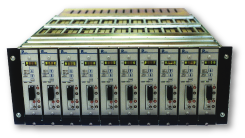
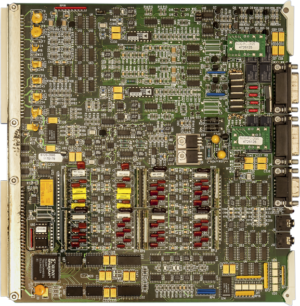
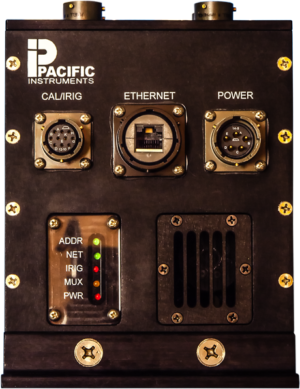
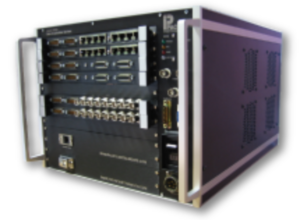
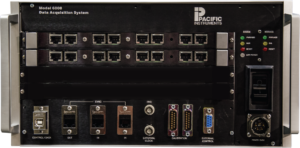
Reviews
There are no reviews yet.